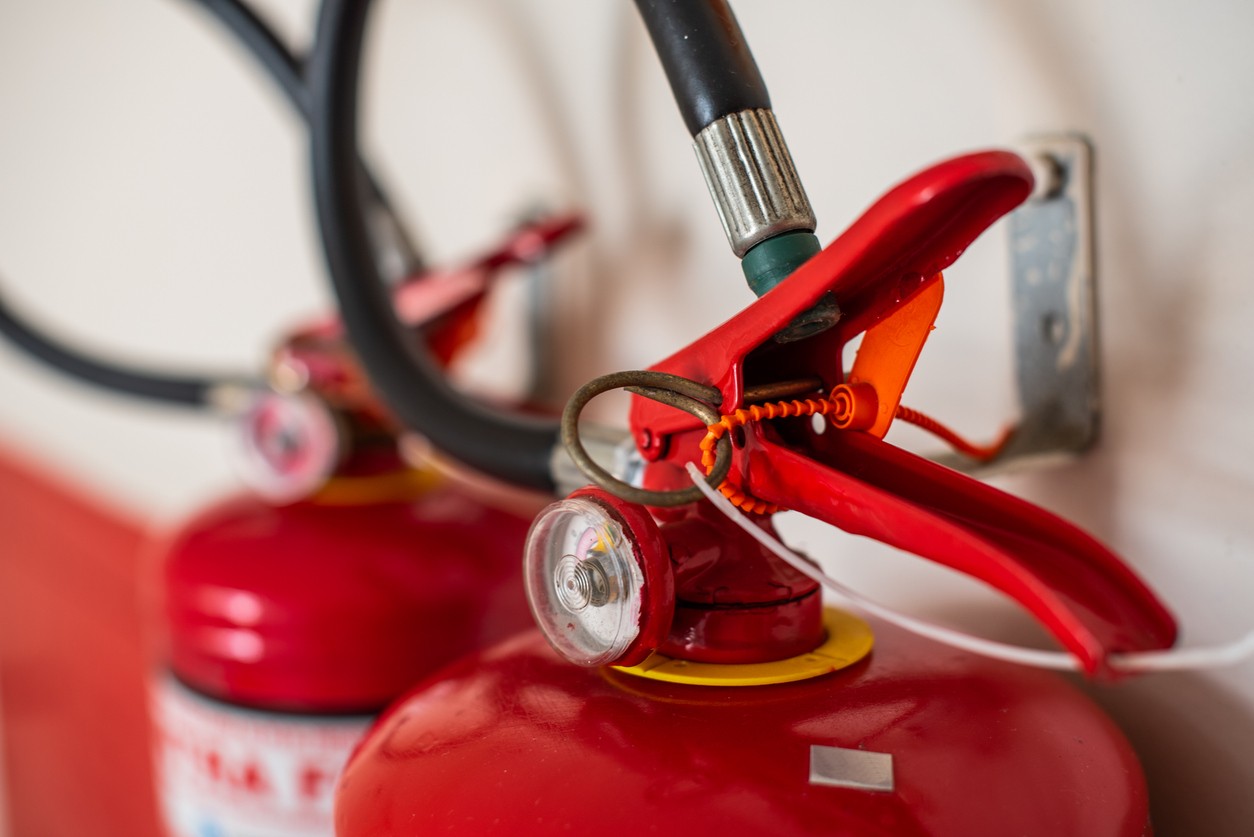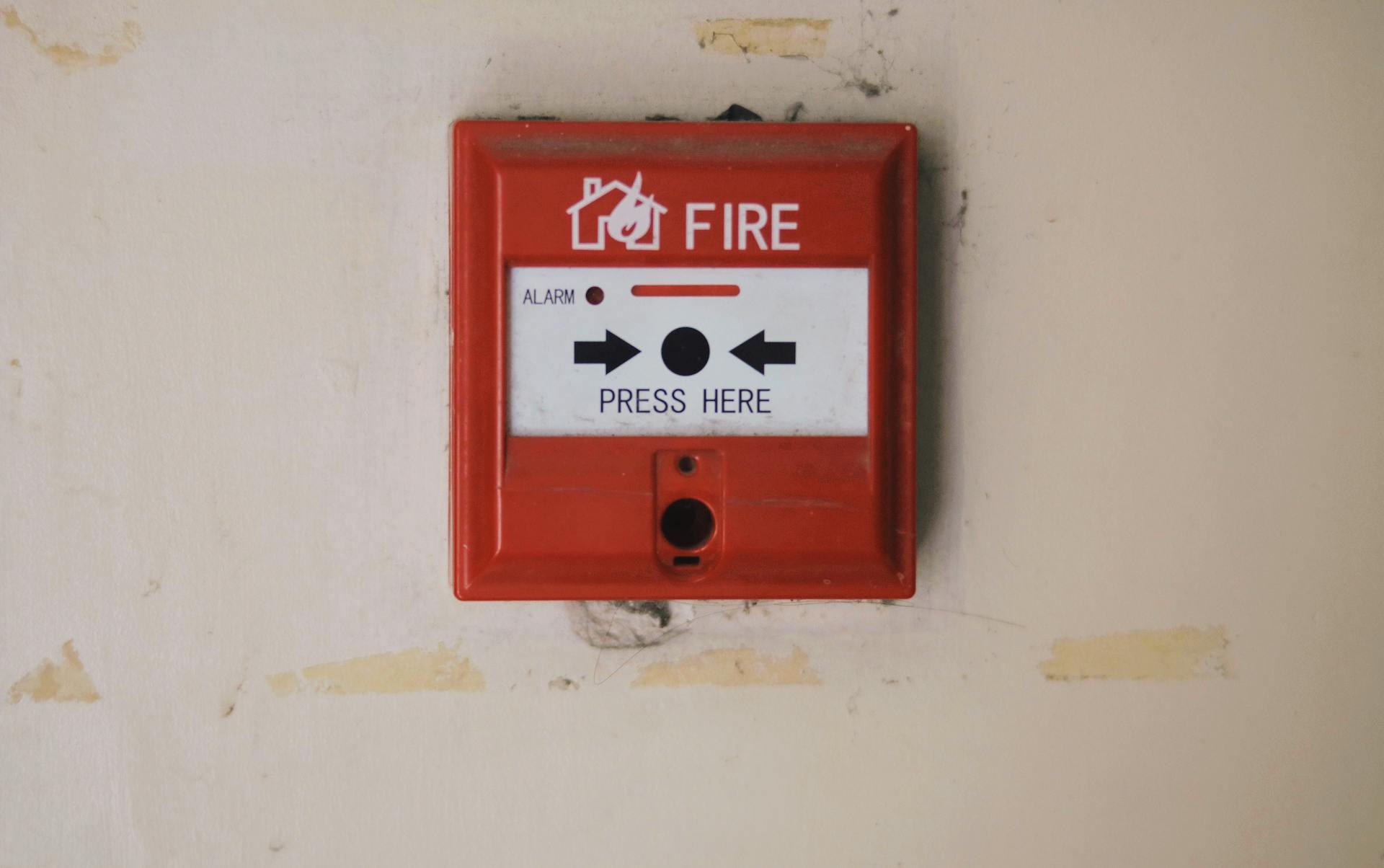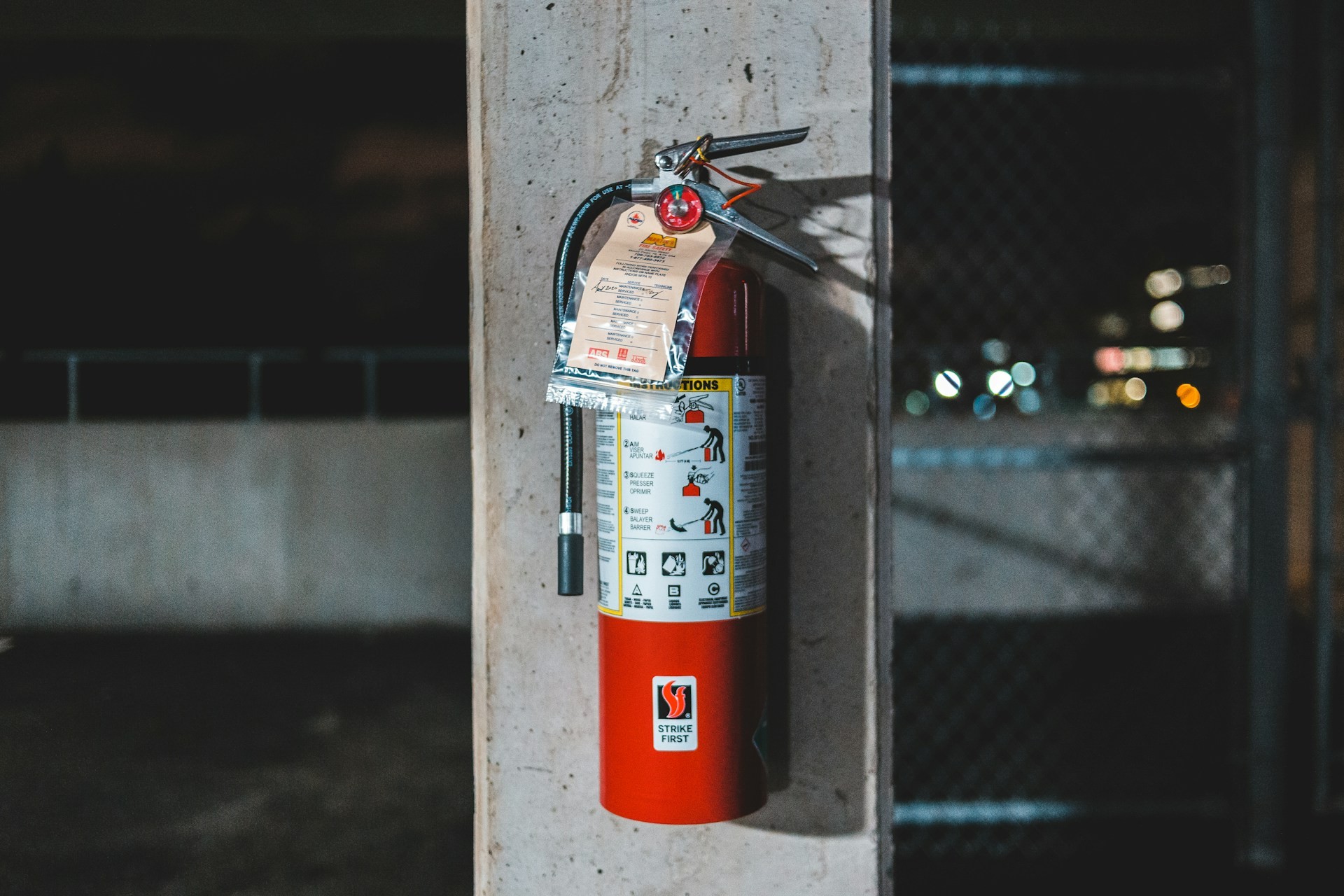2022 saw a 28% increase in fire incidents compared to 2021, with 185,437 reported cases of fires. It may not be the foremost priority for businesses, but fire safety should be a constant concern for any organisation operating in a building. Getting on top of fire safety means performing a fire risk assessment.
A fire risk assessment reviews the fire hazards in a building and the measures to address such hazards. It also reviews the plans for responding safely in case of a fire. Once all these elements have been reviewed, recommendations are given to improve the fire safety conditions of the building and the emergency fire response procedures.
Building managers, business owners, workers, and safety officials should all be involved in developing a robust fire safety policy that follows fire risk assessment recommendations.
When do you need a fire risk assessment?
Fire risk assessments must be done for any non-domestic buildings. It is mandated in The Regulatory Reform (Fire Safety) Order 2005 for England and Wales, The Fire Safety (Scotland) Regulations 2006, and The Fire Safety Regulations (Northern Ireland) 2010. Conducting fire risk assessments requires following the legal guidelines.
Reviewing fire safety is not a one-and-done deal. The findings from one fire risk assessment may no longer apply as time goes on. There could also be drastic changes in the building that necessitate another look at its fire safety compliance.
There is no period of time that is required by the law to perform a fire risk assessment, only that it should be done regularly to ensure it is updated. We will go into more detail as to how often fire risk assessments must be done in a later section.
By law, non-domestic premises that generally have five or more occupants at any time need to have their fire risk assessments recorded in writing. Any fewer than five are not legally required to document their fire risk assessments except for a couple of special circumstances.
Premises that require a licence to operate need written fire risk assessments, and those that have been instructed by the local fire brigade to write down their fire risk assessments have to comply. However, we recommend that every fire risk assessment has proper documentation, no matter the number of occupants. It helps greatly to always have a written set of policies to refer to when they are needed, as well as for added legal protection.
How to carry out a fire risk assessment
A fire risk assessment must be completed with rigour for the sake of people and property’s safety. As such, it is crucial to follow the five steps of carrying out a fire risk assessment according to HSE guidance.
1. Identify fire hazards
Anything in the property that could start a fire and anything that could burn have to be identified first and foremost. Electrical equipment and machinery that could overheat are all common sources of ignition. Stacks of paper, textiles, and combustible liquids can quickly ignite and spread fires.
2. Identify people at risk
Every person in the premises can be at risk from fire hazards, including workers, contractors, and visitors. However, there are certain groups of people that are at greater risk, such as staff that directly work with hazardous materials or in more dangerous situations, disabled persons, elderly people, and children.
3. Evaluate, remove, or reduce risks
Upon taking into account all the fire hazards and people at risk, you must evaluate the existing fire safety measures to determine if they are adequate or need improvement. Afterwards, take the necessary actions to remove or reduce the risks that put people and property in danger.
4. Record findings, prepare an emergency plan, and provide training
Every risk that has been identified and every action taken to address the risks should be written down. Buildings with five or more occupants are legally obligated to do so. In case of a fire emergency, you need to have an evacuation plan ready for occupants to follow. You also have to provide the necessary training for occupants so that they understand the emergency plan.
5. Review the fire risk assessment
The fifth step is not the final step, as you should be reviewing your fire risk assessment regularly to see if everything still applies. Have the hazards and people at risk changed? Do the existing measures still cover any changes in the building?
How often should you do a fire risk assessment?
As there is no legally prescribed frequency of doing a fire risk assessment, we can only provide a recommendation on how often you should do it.
After the initial fire risk assessment, follow it up every 12 months and after five years, do a new, comprehensive fire risk assessment. You should always do a fire risk assessment when there are drastic changes to the building such as:
- Physical changes, such as new construction and modified layouts
- Changes to its purpose, such as turning an office building into a gym
- Changes to the nature of the occupants, such as shifting from workers to mostly customers
If you are operating in high-risk premises, we recommend that you do a complete fire risk assessment of the building every three years.
There is, however, specific guidance for purpose-built blocks of flats. For blocks that are up to three storeys high built in the last 20 years, a fire risk assessment should be reviewed every two years and redone completely every four years. For blocks that are more than three storeys high or are older than 20 years, the fire risk assessment should be reviewed every year and redone completely every three years.
You Need a Fire Risk Assessment
If you are running a business in a building or managing a non-domestic property, you have to do a fire risk assessment. Don’t gamble on the safety of your company, whether it’s your people or your property. Follow the guidelines for conducting a fire risk assessment down to the letter.
To make sure you don’t miss anything that could endanger your organisation, get expert assistance from the Health & Safety Dept. We have extensive experience in fire risk management and can provide long-term support. Contact us today to get started.





